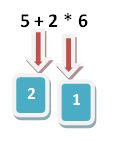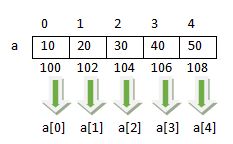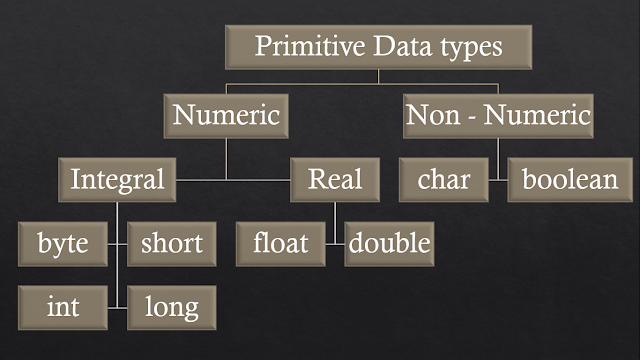Escape Sequence | Formatted Printing | Interview Questions
Escape sequence Escape sequence are some non-printable character that shows the effect while printing the output. The usage and example of escape sequence are given below. These are the combination of two characters backslash(\) and one more character but treated as a single character occupy only one byte as other characters. Escape Sequence Character Meaning Usage \a Bell alert Used to make a sound. \b backspace Used to move the cursor to the one character back. \n newline Used to change the line \r Carriage Return Used to move the cursor to the beginning of the current line. \" Double Quotes Used to print the double quotes \' Single Quotes Used to print the single quotes \f Form feed Used to change the page \t tab Used to print the tab Program to demonstrate the use of escape sequence #include<s











